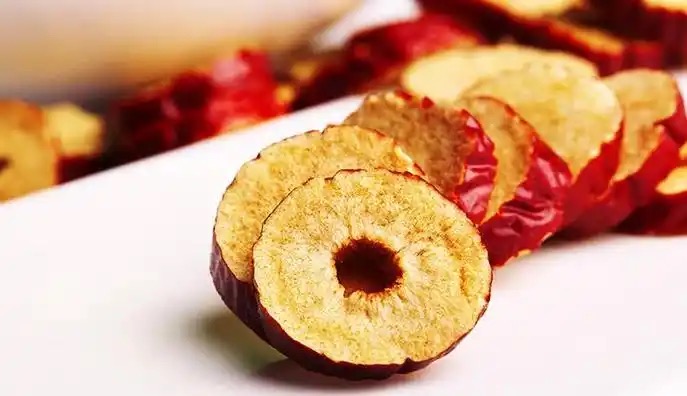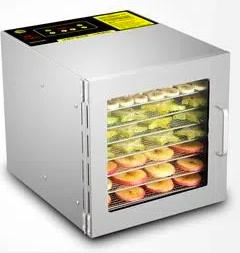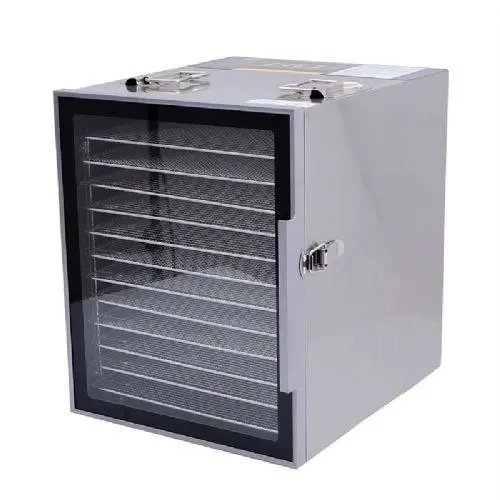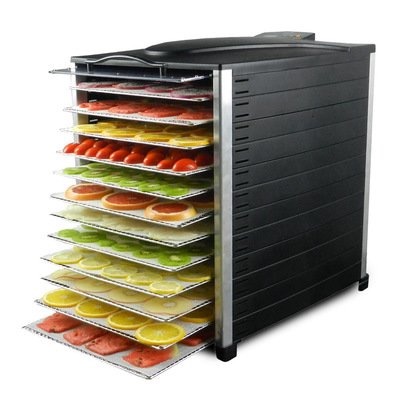
Content Menu
● Introduction
● What is Food Drying?
● Benefits of Food Drying
● Types of Food Dryers
● How to Choose a Food Dryer
● Step-by-Step Guide to Drying Food
● Common Foods to Dry
● Storage and Usage of Dried Foods
● Conclusion
● FAQs
>> 1. What foods are best for drying?
>> 2. How long does it take to dry food?
>> 3. Can you dry food without a dehydrator?
>> 4. How should dried foods be stored?
>> 5. What are the health benefits of dried foods?
Introduction
Food drying is an ancient preservation method that has stood the test of time. It involves removing moisture from food to inhibit the growth of bacteria, yeasts, and molds, thereby extending its shelf life. With the rise of health-conscious consumers and the desire for sustainable food practices, food drying has gained renewed interest. This article explores the various aspects of food drying, including its benefits, methods, and practical tips for home enthusiasts.

What is Food Drying?
Food drying is the process of removing moisture from food items, which helps to preserve them for longer periods. Historically, this method was essential for survival, allowing people to store food for winter months or during times of scarcity. Today, food drying is not only a means of preservation but also a way to create delicious snacks and ingredients for cooking.
Benefits of Food Drying
The benefits of food drying are numerous:
1. Preservation of Nutrients: Dried foods retain most of their vitamins and minerals, making them a healthy option.
2. Extended Shelf Life: Properly dried foods can last for months or even years without refrigeration.
3. Cost-Effectiveness: Drying food at home can save money compared to purchasing pre-packaged dried goods.
4. Convenience and Portability: Dried foods are lightweight and easy to store, making them perfect for camping, hiking, or snacking on the go.
Types of Food Dryers
There are several methods for drying food, each with its advantages:
1. Electric Food Dehydrators: These appliances use low heat and a fan to circulate air, ensuring even drying. They are ideal for beginners and offer precise temperature control.
2. Solar Food Dryers: Utilizing the sun's energy, these dryers are eco-friendly and cost-effective, although they require sunny weather.
3. Oven Drying: A conventional oven can be used for drying, but it may not be as energy-efficient as dedicated dehydrators.
4. Microwave Drying: This method is quick but requires careful monitoring to prevent overcooking.
How to Choose a Food Dryer
When selecting a food dryer, consider the following features:
1. Key Features: Look for adjustable temperature settings, timers, and ease of cleaning.
2. Size and Capacity: Choose a model that fits your kitchen space and meets your drying needs.
3. Energy Efficiency: Opt for energy-efficient models to save on electricity costs.

Step-by-Step Guide to Drying Food
1. Preparing Food for Drying: Wash and slice fruits and vegetables evenly to ensure uniform drying.
2. Setting Up the Dryer: Arrange food on trays, leaving space for air circulation.
3. Monitoring the Drying Process: Check periodically for doneness, as drying times can vary based on humidity and food type.
Common Foods to Dry
Some popular foods for drying include:
1. Fruits: Apples, bananas, and strawberries are favorites for snacks and baking.
2. Vegetables: Tomatoes, peppers, and carrots can be dried for soups and stews.
3. Herbs and Spices: Drying herbs like basil and oregano enhances their flavor for cooking.
4. Meats: Jerky made from beef, turkey, or venison is a protein-rich snack.
Storage and Usage of Dried Foods
To maintain the quality of dried foods:
1. Best Practices for Storing Dried Foods: Store in airtight containers in a cool, dark place to prevent moisture absorption.
2. Ideas for Using Dried Foods in Recipes: Incorporate dried fruits in granola, use dried vegetables in casseroles, or rehydrate meats for stews.
Conclusion
Food drying is a valuable skill that not only preserves food but also enhances its flavor and nutritional value. With various methods available, anyone can start drying food at home. Whether for personal use or as a business venture, the art of food drying offers endless possibilities.

FAQs
1. What foods are best for drying?
Fruits like apples and bananas, vegetables like tomatoes and peppers, and herbs like basil are excellent choices for drying.
2. How long does it take to dry food?
Drying times vary based on the type of food and the method used, typically ranging from a few hours to a full day.
3. Can you dry food without a dehydrator?
Yes, you can use an oven, microwave, or solar dryer to dehydrate food.
4. How should dried foods be stored?
Store dried foods in airtight containers in a cool, dark place to maintain freshness.
5. What are the health benefits of dried foods?
Dried foods retain most of their nutrients and are often lower in calories, making them a healthy snack option.












